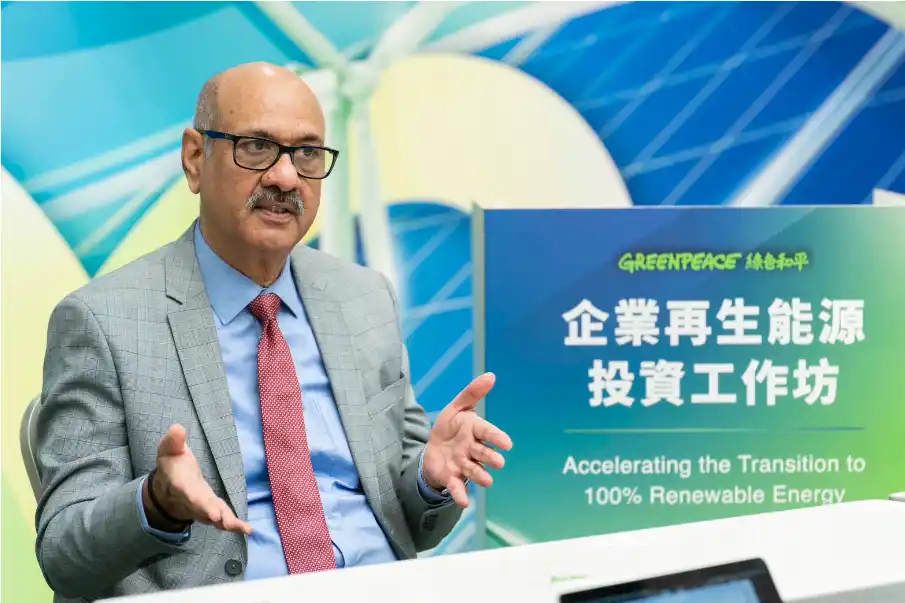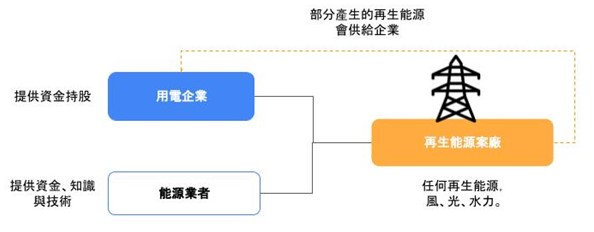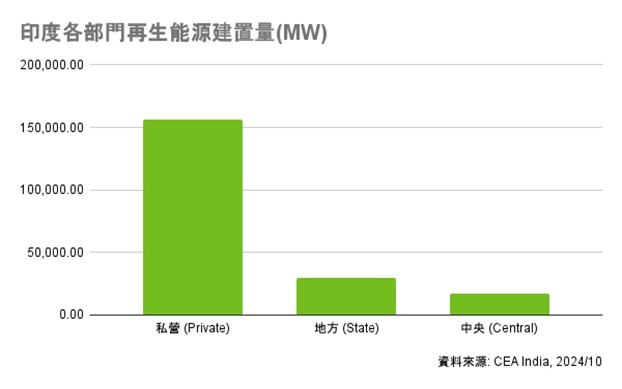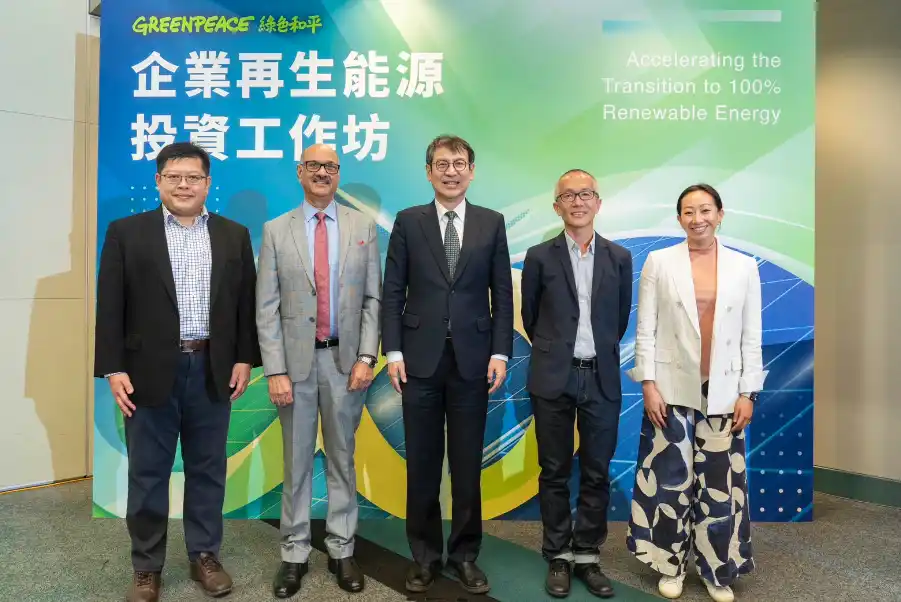Greenpeace Leverages India's Green Energy Experience to Urge Taiwan to Amend Laws Incentivizing Captive power plant (CPP)
Greenpeace Leverages India's Green Energy Experience to Urge Taiwan to Amend Laws Incentivizing Captive power plant (CPP)

India's power market expert, Anand Kumar
As Taiwan faces an escalating demand for green energy fueled by the rapid growth of AI and semiconductor industries, Greenpeace hosted the Accelerating the Transition to 100% Renewable Energy workshop on December 6. The event featured Anand Kumar[1], an expert on India's power market, who shared insights from India's successful experience. The workshop with Taiwanese businesses and government representatives explored strategies to encourage local enterprises to invest in Captive Power Plants (CPP), fostering self-generation and self-consumption of renewable energy.
Li-Hsin (Lena) Chang, Climate and Energy Program Director at Greenpeace, remarked, "India's swift advancements in green energy demonstrate that subsidies, tax incentives, and expedited approval processes can effectively drive corporate engagement in renewable energy development, increasing supply. Taiwan's government should employ similar policy tools to channel corporate investment into renewables, thus unlocking the potential of CPP as a viable business model." (Figure 1)

(Figure 1) Illustration of the CPP Model|(Source: Greenpeace)
(Note: Ownership is not restricted to a single electricity-consuming enterprise. Multiple enterprises may co-own the facility, known as a "Group-Captive" model.)
The Indian government has set an ambitious goal of achieving a 50% share of clean energy by 2030, aiming to increase its renewable energy capacity to 500 GW. As of October 2024, India's renewable energy installations have surpassed 200 GW, accounting for 46.3%[2] of total capacity. Notably, the private sector, including businesses and individuals, has contributed 156 GW, over 70%[3] of the total (Figure 2), showcasing the success of the CPP[4] model in enabling businesses to lead the energy transition.
In comparison, Taiwan's renewable energy installations account for only 30.5% of its total capacity, with approximately 90% monopolized by Taipower[5]. This indicates limited corporate participation in Taiwan's energy transition.

Renewable energy installation volume in various sectors in India
Chang highlighted, "India has encouraged corporate investment in renewable energy through policy guidance and economic incentives, such as the Green Open Access Rule introduced in 2022. These measures have attracted business participation by lowering the barriers to green energy access and providing subsidies and tax benefits for self-built power plants. This approach advanced renewable energy development and made India's struggling power sector profitable, offering valuable insights for Taipower, which currently faces significant financial losses."
Greenpeace calls on businesses to adopt the CPP model and accelerate investments in self-generated renewable energy. It also urges the government to revise the Industrial Innovation Act to include renewable energy and energy storage systems in investment deduction schemes. This would help meet the green energy demands of international AI and tech giants and ensure sustainable growth and resilience for Taiwan’s industries in the global supply chain

Reference:
[1] Anand Kumar, a current industry-academia professor at IIT Gandhinagar and former Chairperson of the Gujarat and Meghalaya Electricity Regulatory Commissions, has over 30 years of experience in promoting power market liberalization and renewable energy investment. During his tenure, he drove Gujarat's renewable energy growth to become one of India's top 5 states in grid-connected renewable capacity through policies such as reduced grid surcharges, simplified processes, subsidies, and tax incentives.
[2] Data sourced from the Ministry of New and Renewable Energy (MNRE) press release dated October 14, 2024.
[3] Referenced from the Central Electricity Authority's (CEA) October 2024 "Installed Capacity" report.
[4] A Captive Power Plant (CPP) is a renewable energy facility developed by a single or multiple enterprises (Group-Captive) in partnership with energy providers. These enterprises, as shareholders, consume the generated green energy while the energy provider offers expertise and services. This model ensures a stable and cost-effective renewable energy supply (Figure 1).
Source: https://www.cleanmax.com/solar-services/solar-farms/group-captive-or-captive-power-plant.php
[5] Figures are derived from calculations based on data from the Renewable Energy Certificate Registry of India.
